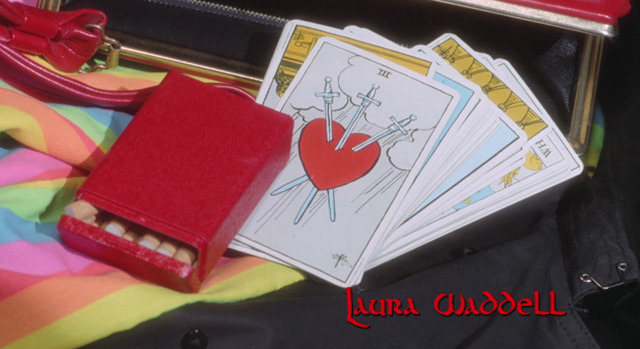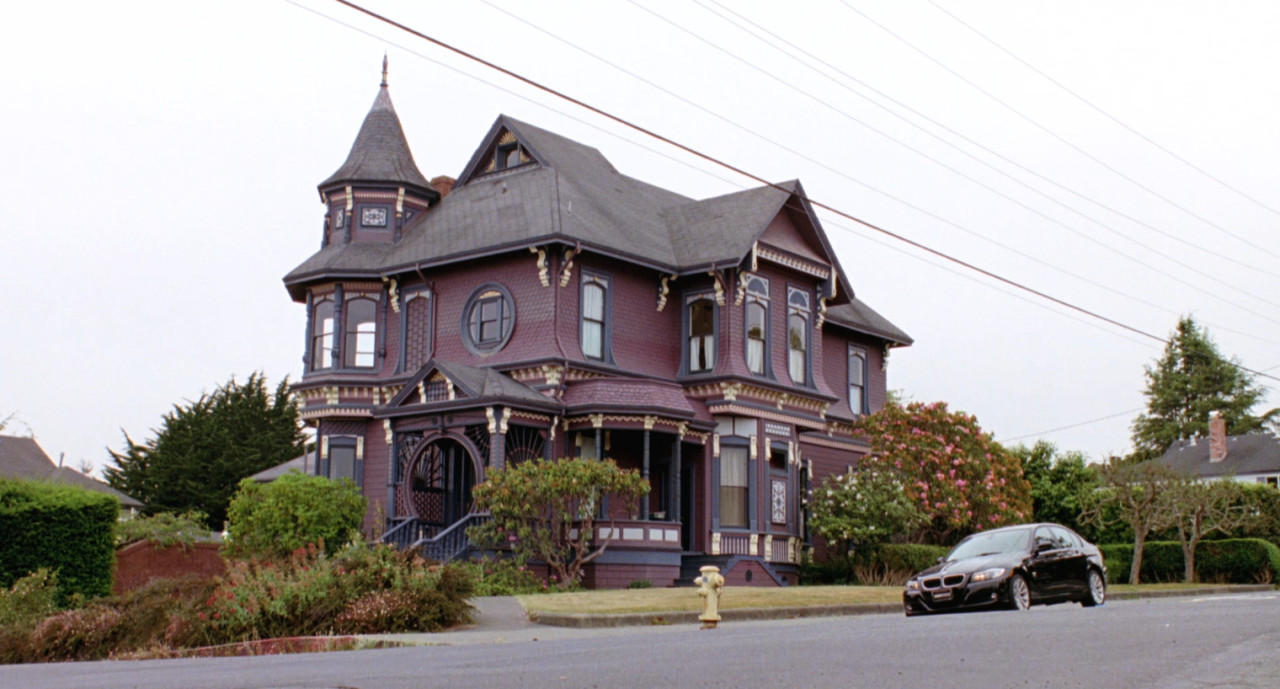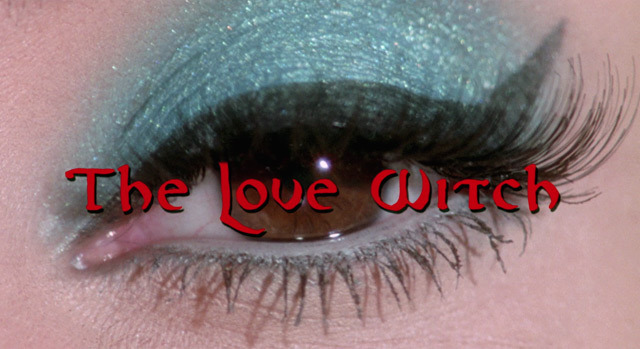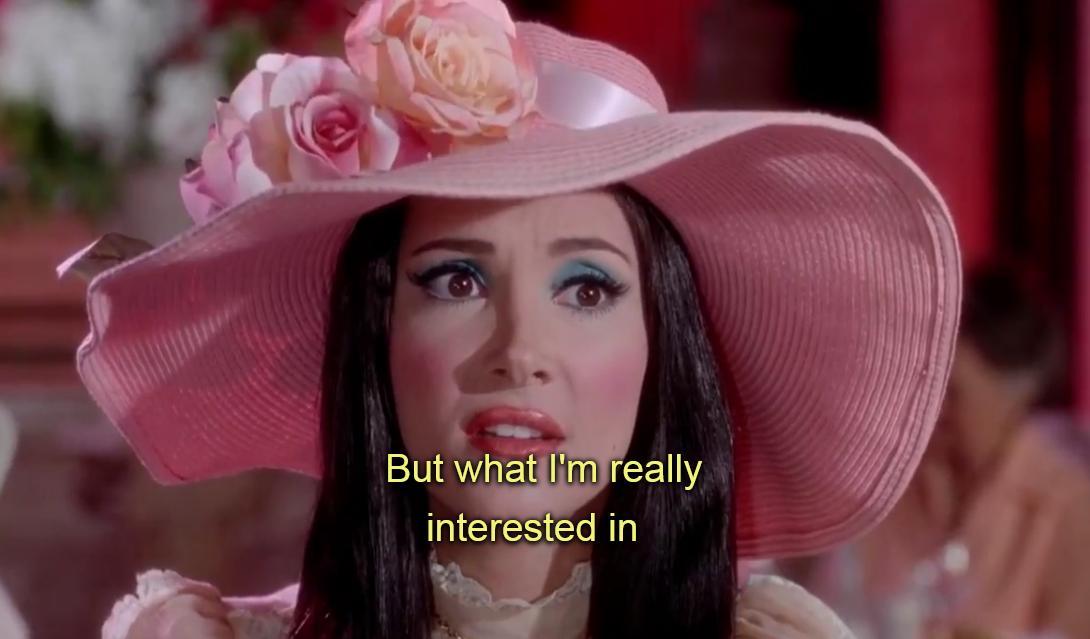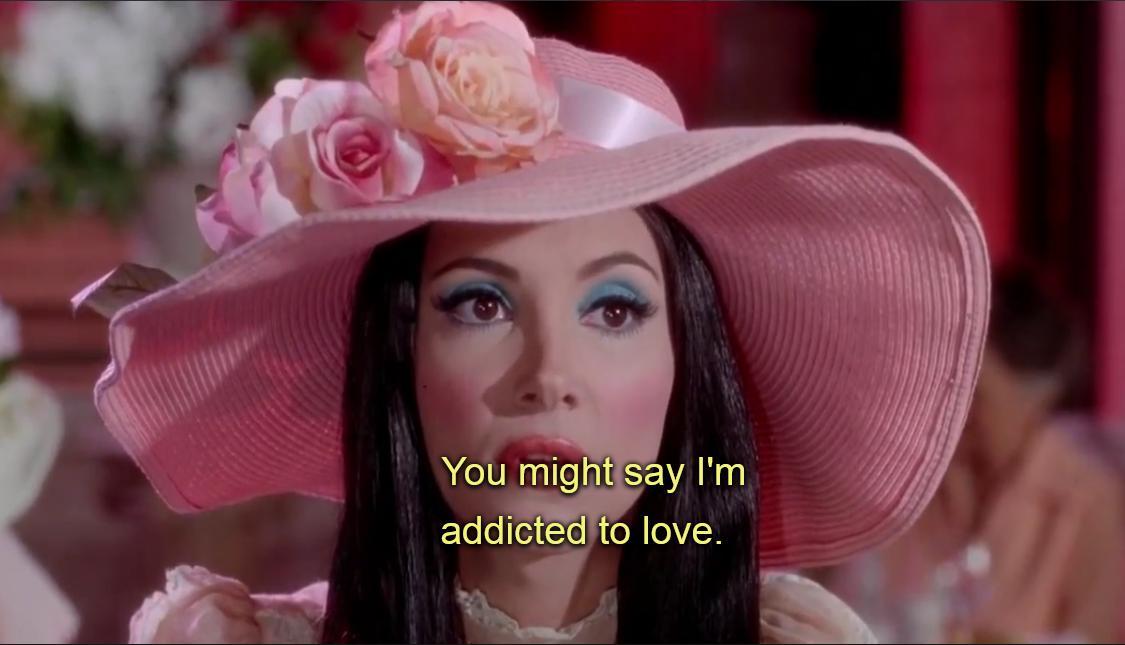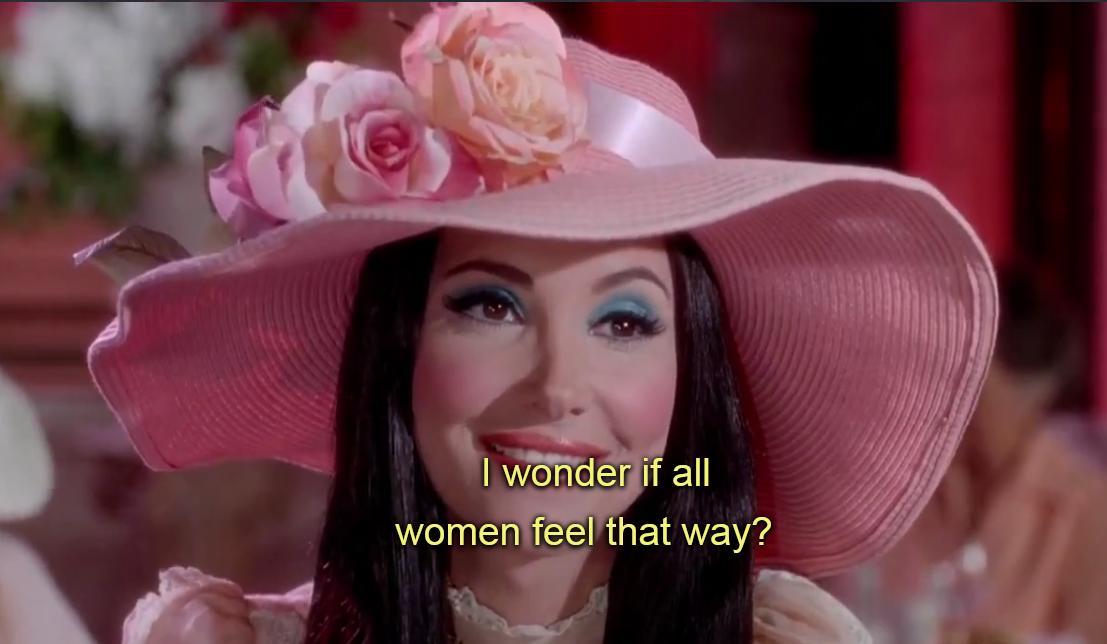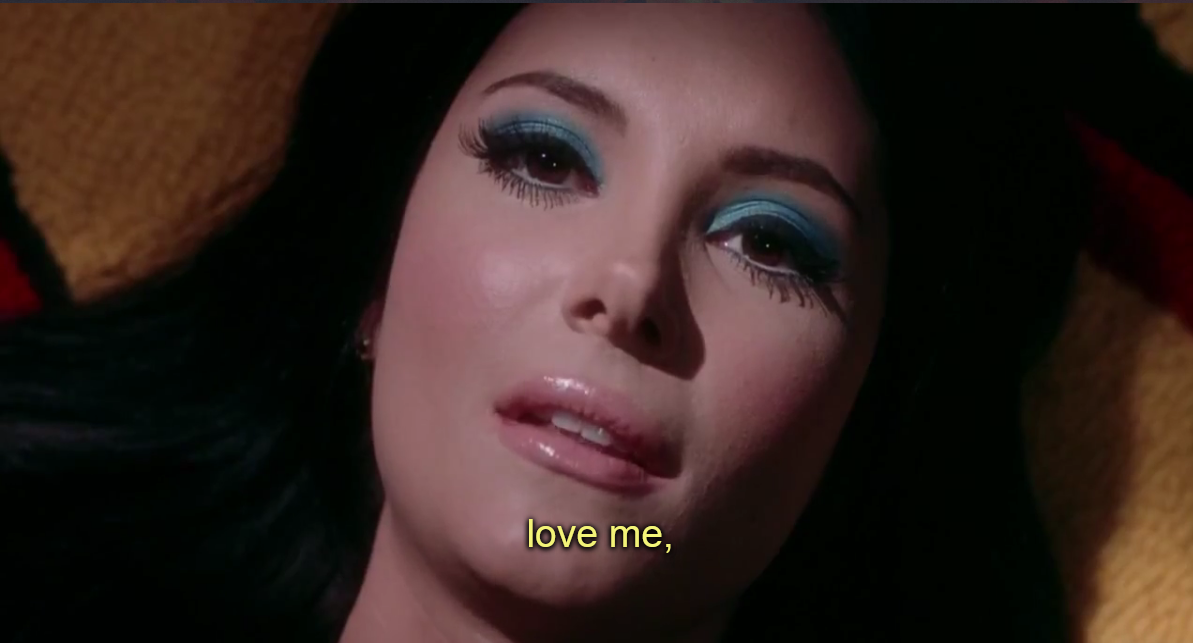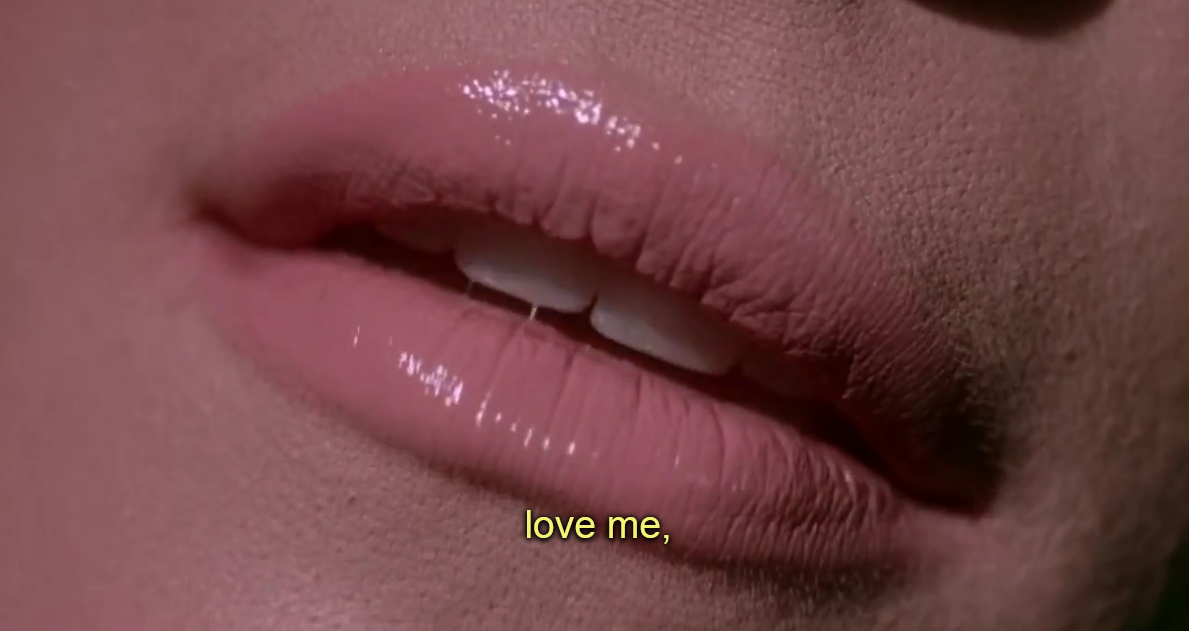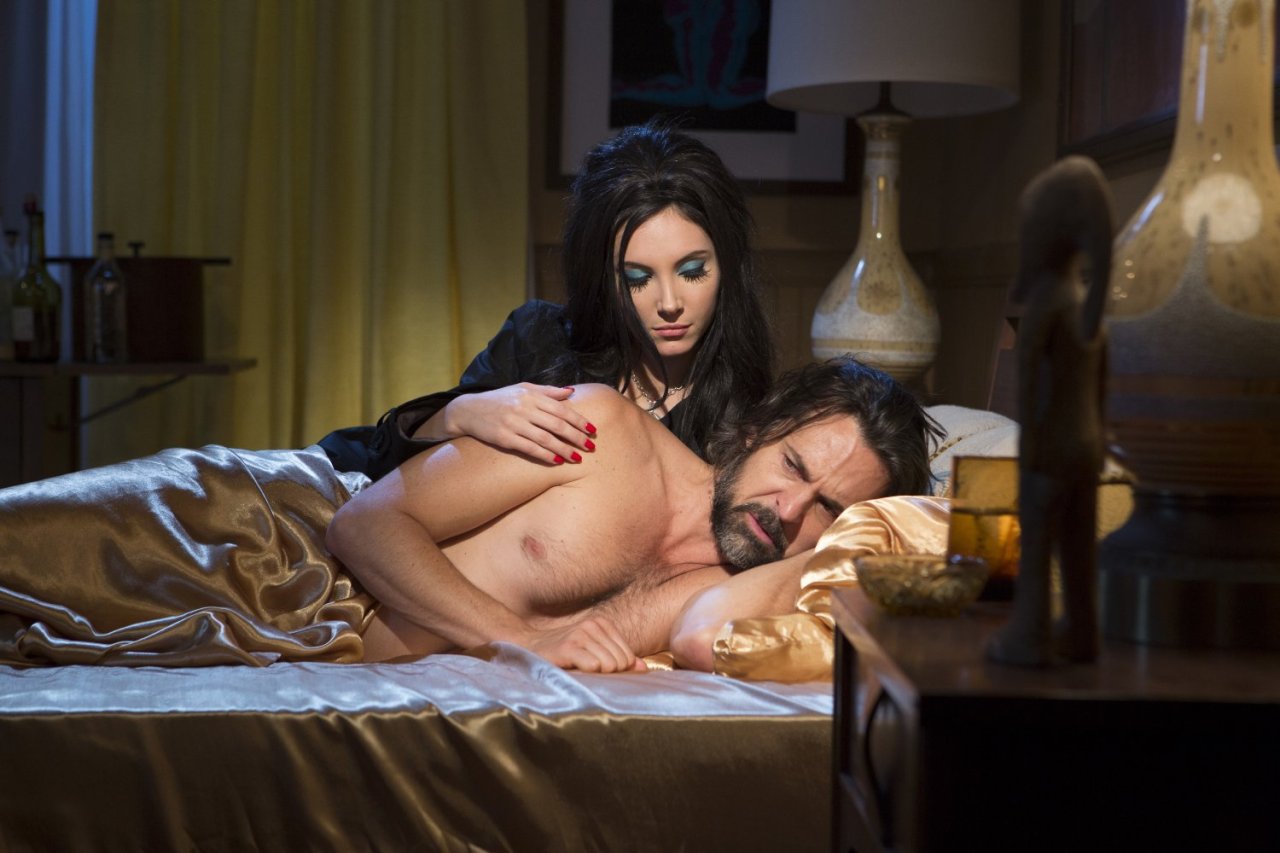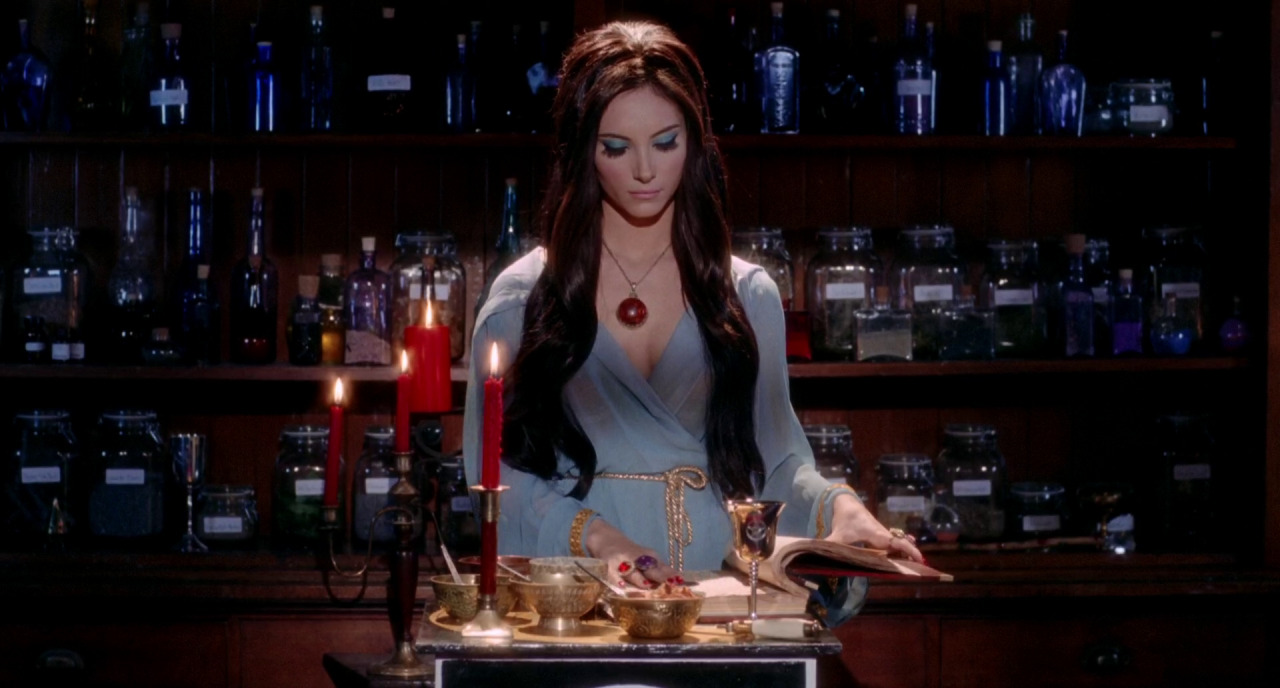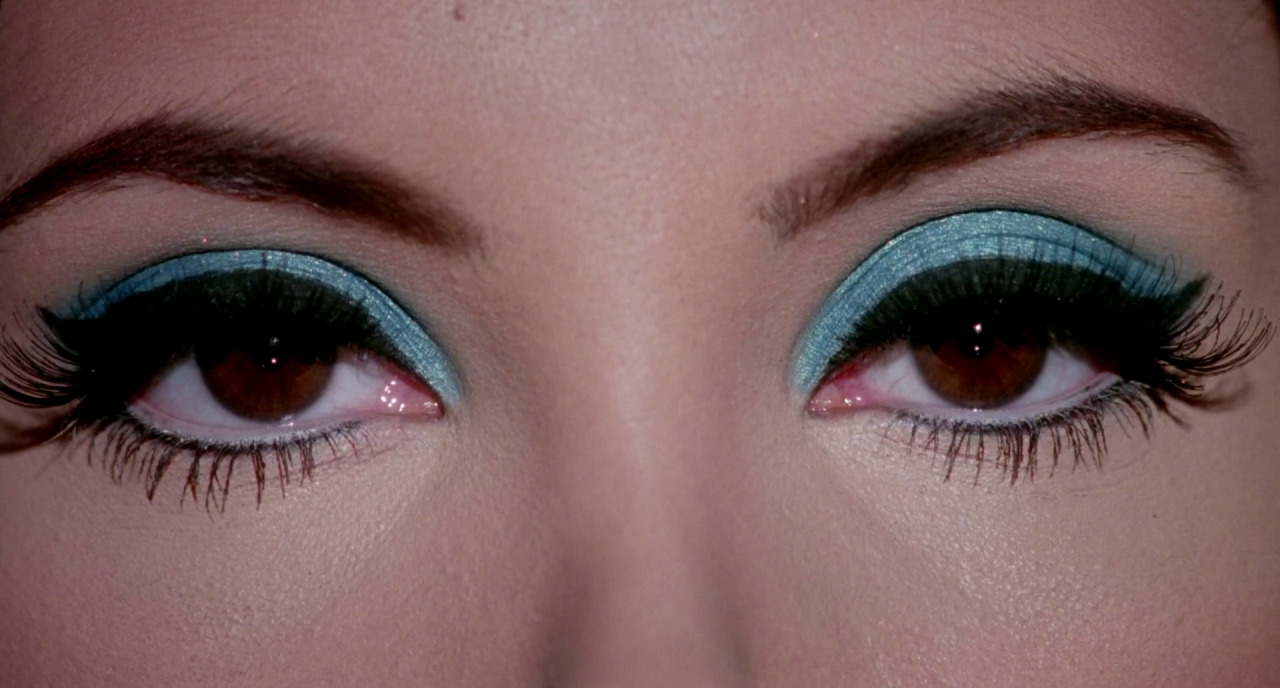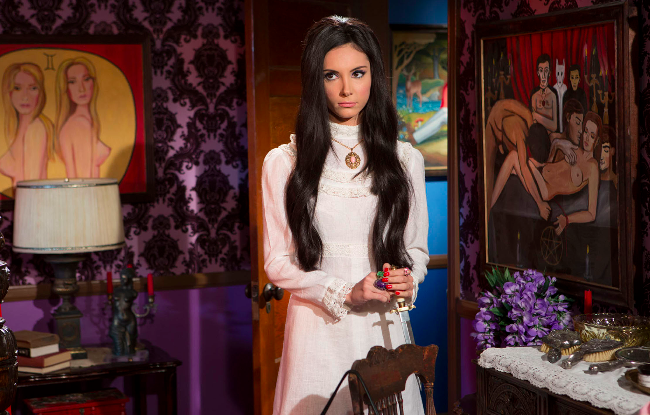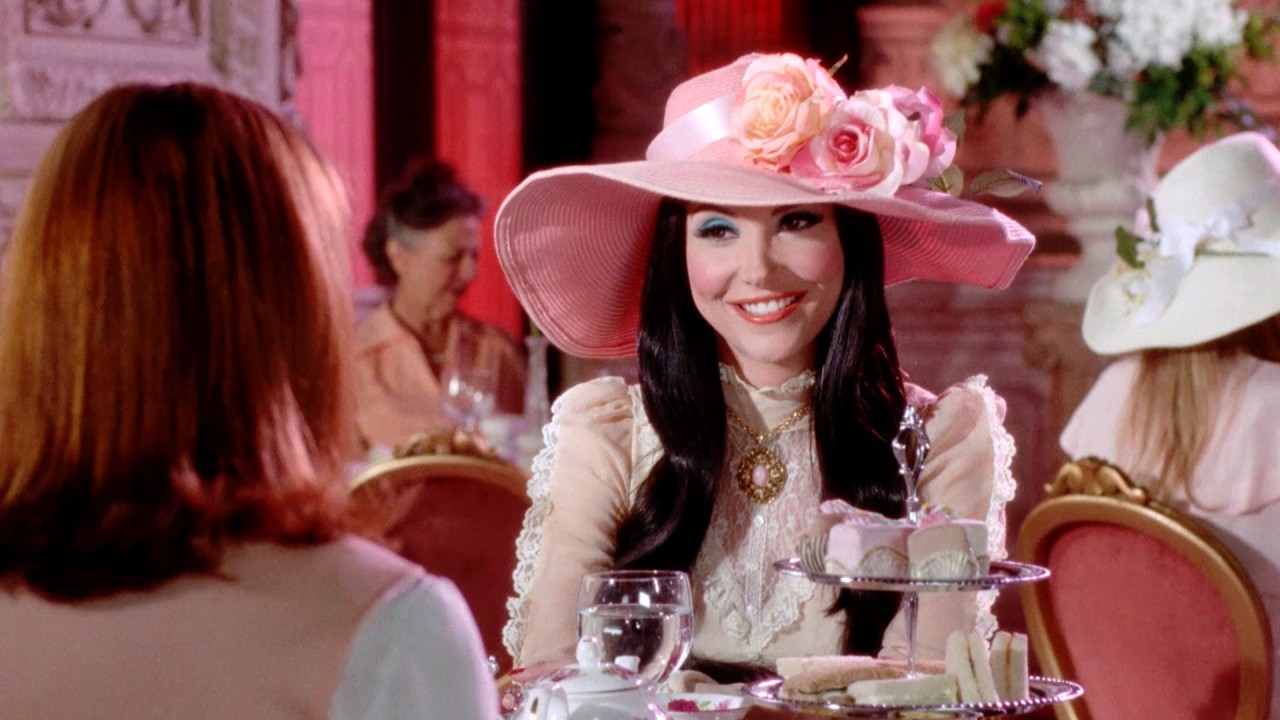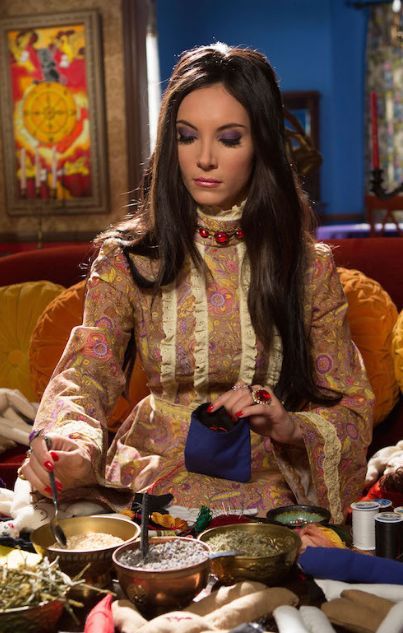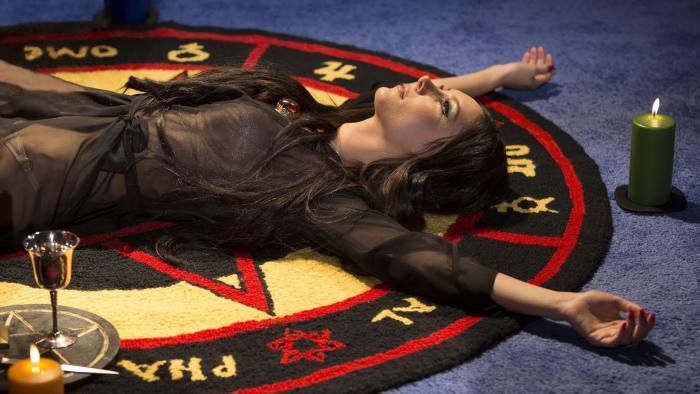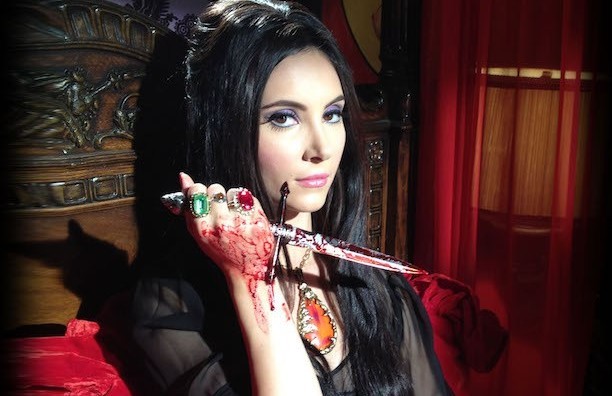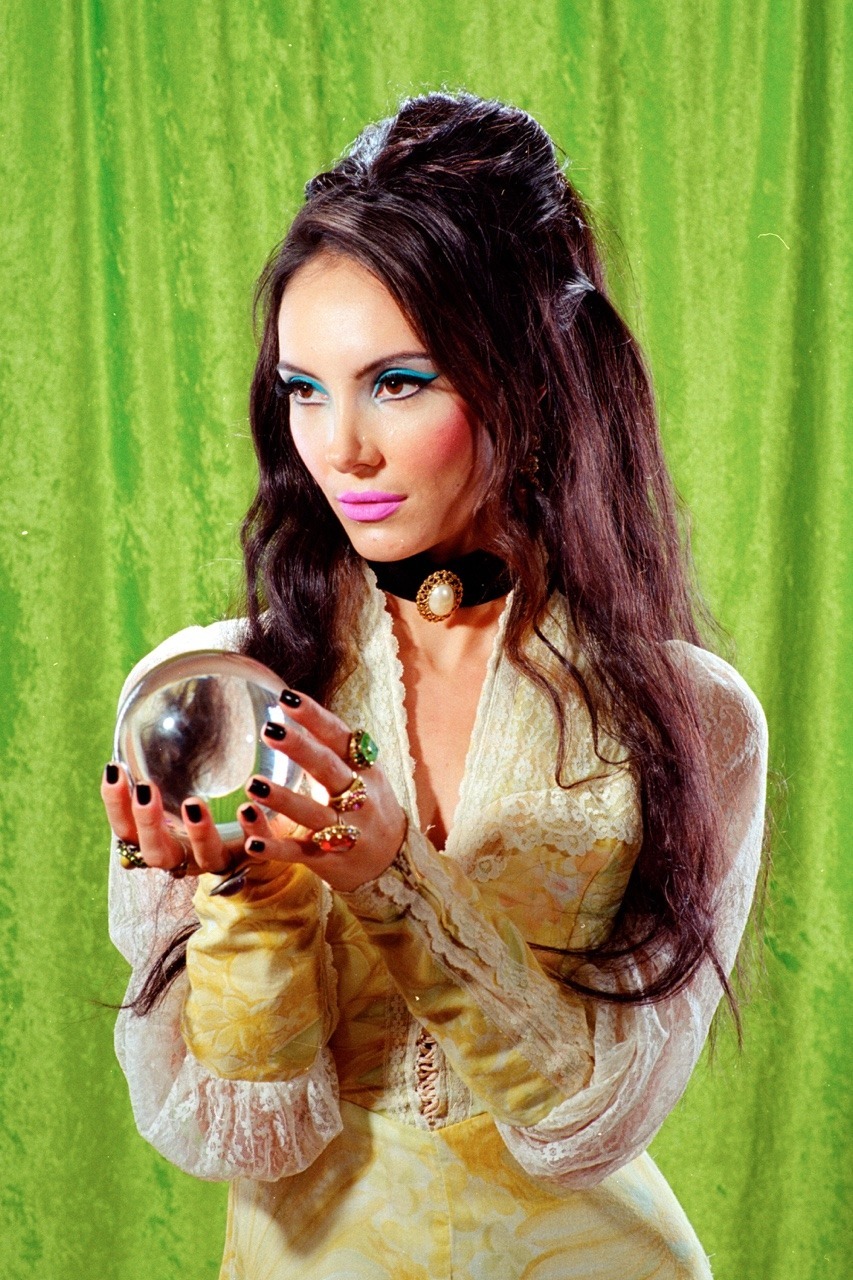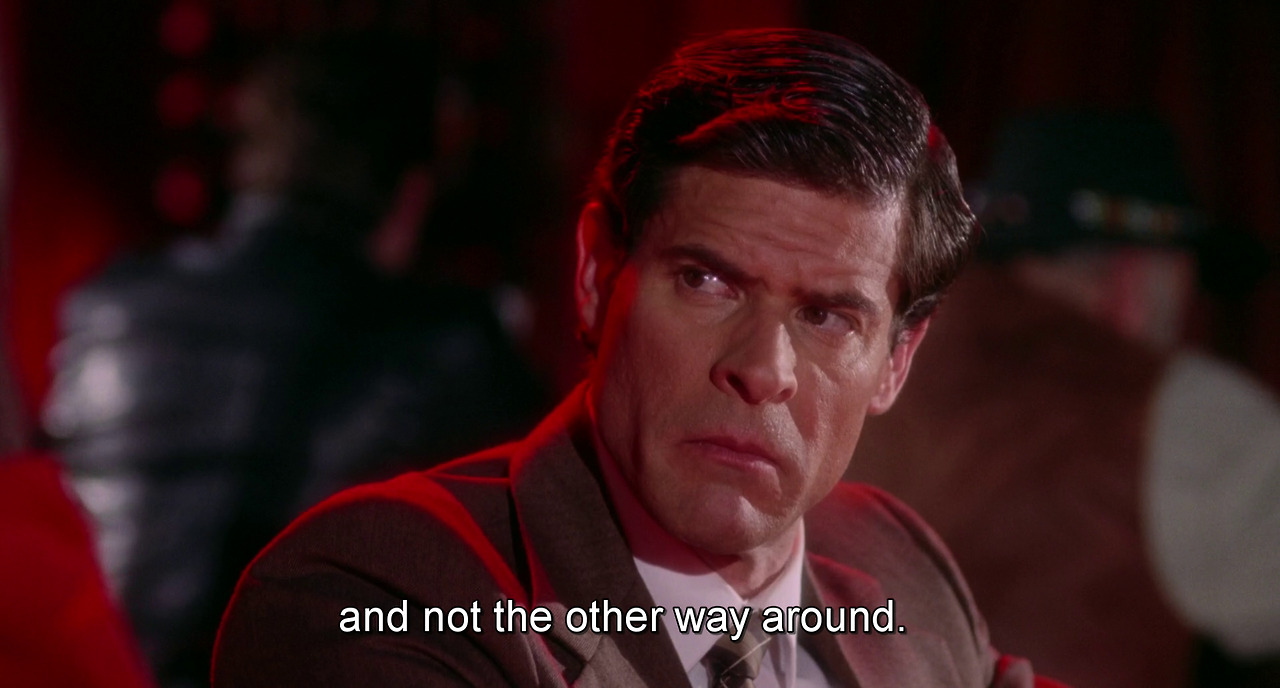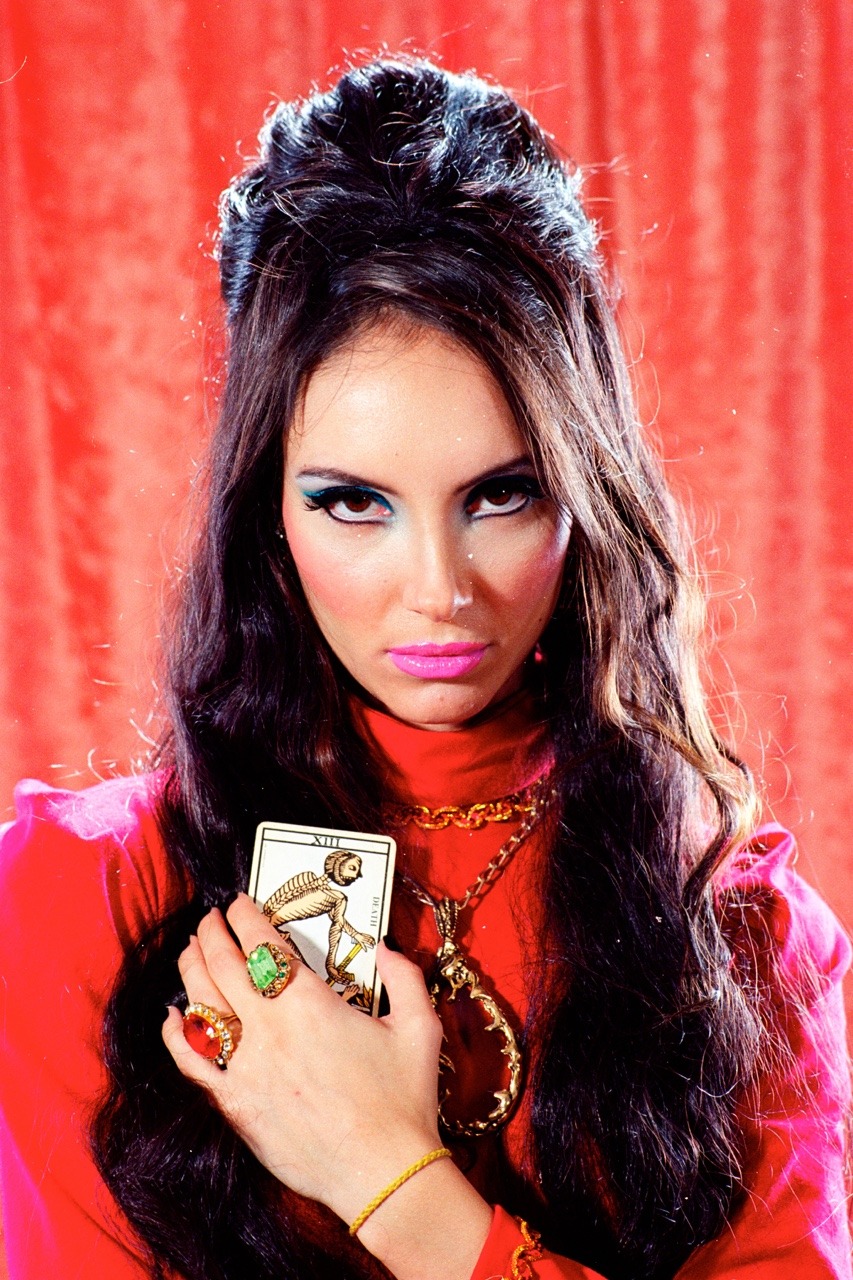“My Name is Mary Katherine Blackwood. I am eighteen years old, and I live with my sister Constance. I have often thought that with any luck at all I could have been born a werewolf, because the two middle fingers on both my hands are the same length, but I have had to be content with what I had. I dislike washing myself, and dogs, and noise. I like my sister Constance, and Richard Plantagenet, and Amanita phalloides, the deathcup mushroom… Everyone else in my family is dead.”
(Shirley Jackson, We Have Always Lived in the Castle)
I recently got my hands on this little mystery novel “We Have Always Lived in the Castle” by the American writer Shirley Jackson. It was originally published in 1962, just three years prior to Jackson’s death. The title of the novel definitely intrigued me and when I opened the first page I was lured enough to continue reading it. I am perplexed at just how simple the style and form of the novel are, and yet how mysterious and strange the story itself is. The way Jackson writes makes writing seem effortless and easy.
The novel tells a story about two sisters who live isolated and alone in their castle at the edge of a small village in Vermont. The sisters, a twenty-eight year old Constance and an eighteen year old Mary Katherine “Merricat” Blackwood, live with their uncle Julian and their cat Jonas. The villagers hate the family because of the tragedy that had happened six years before the novel reacts; the whole family, apart from Merricat and Constance, was poisoned by means of the arsenic-laced sugar on their blueberries after supper. Only the uncle Julian survived; Merricat was sent to her room that night as a punishment, and Constance was the only one who didn’t put sugar on her blueberries. Constance was blamed for the poisoning, but nothing could be proved.
When the novel begins, Merricat is going out to village to get books from the library and fresh groceries since Constance is an agoraphobic and doesn’t leave the garden of their castle. Merricat and Constance live their peaceful, isolated life together happily. The only thing that disrupts this peace is the arrival of the intruder, their cousin Charles whose motives are not sincere, for he is only after their inheritance. Merricat can intuitively sence the arrival of change, as personified in the character of Charles: “A CHANGE WAS COMING, AND NOBODY KNEW IT BUT ME. Constance suspected, perhaps; I noticed that she stood occasionally in her garden and looked not down at the plants she was tending, and not back at our house, but outward, toward the trees which hid the fence, and sometimes she looked long and curiously down the length of the driveway, as though wondering how it would feel to walk along it to the gates. I watched her. On Saturday morning, after Helen Clarke had come to tea, Constance looked at the driveway three times.”

“Castle Hill” Ruggle, Ohio. Built in 1878.
His visit ends in a house fire and a ransacking of the castle by a deranged group of villagers. At the end of the novel, Merricat admits that she is the one who poisoned the family and Constance says that she knew that all along and they agree not to talk about it ever again. I love how the strange is the normal in their home. Constance is completely unphased by Merricat’s strange habits or behavior, and she never shows any rash emotions such as anger, snapiness, impatience, no, she is always calm, composed and sweet-mannered, like a doll. Constance always finds a way to justify Merricat’s behaviour, even the murder of their parents, uncles, brother etc. I find it amazing that the novel is told from Merrica’t point of view and even though she specifically states that the rest of her family is death, she never admits to us, the readers, directly that she was behind it.

All sugar. Like, zero arsenic.
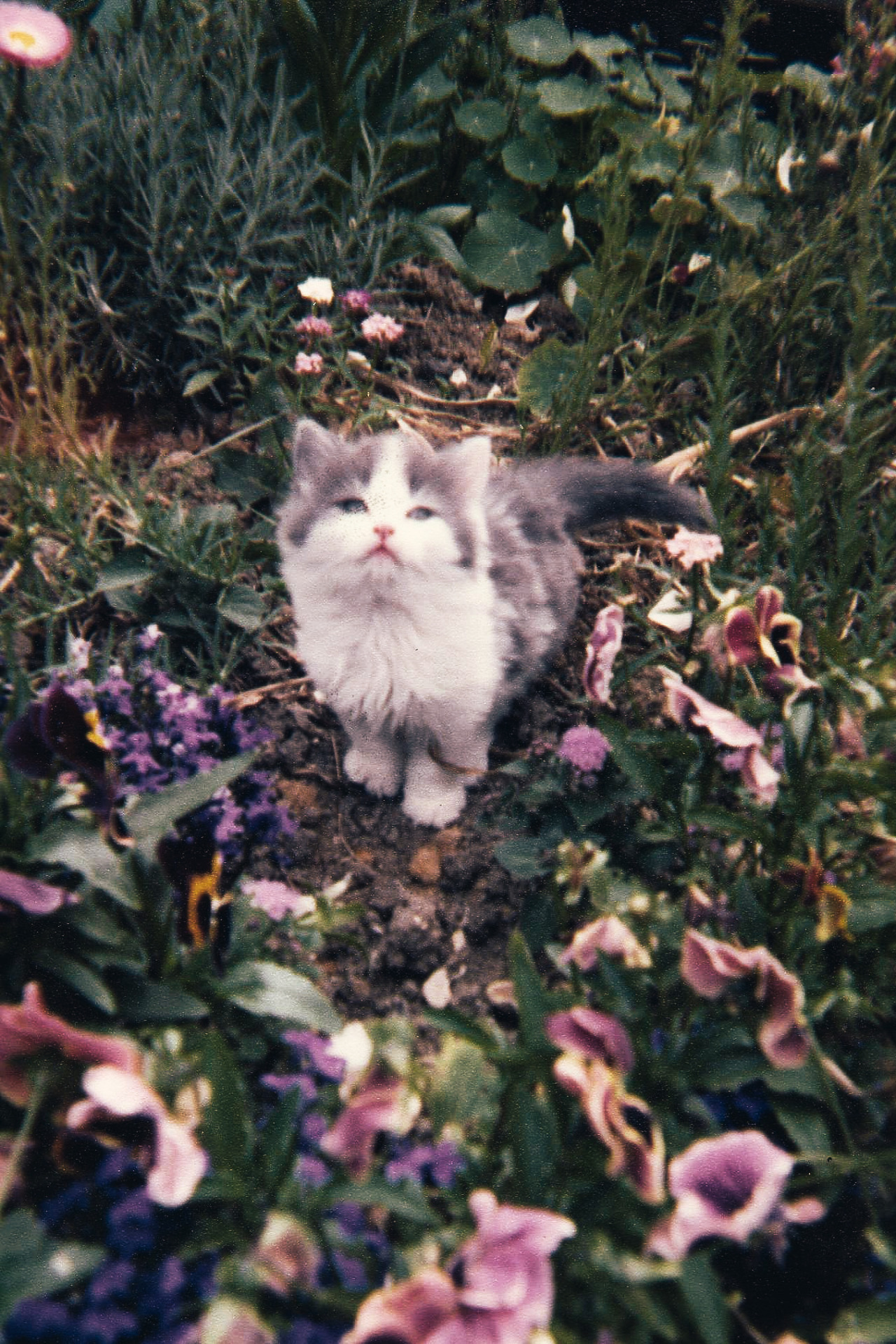
Here is a little passage with conversation between Merricat and Constance. I really like Merricat’s view on life here:
The rain started while we sat in the kitchen, and we left the kitchen door open so we could watch the rain slanting past the doorway and washing the garden; Constance was pleased, the way any good gardener is pleased with rain. “We’ll see color out there soon,” she said.
“We’ll always be here together, won’t we, Constance?”
“Don’t you ever want to leave here, Merricat?”
“Where could we go?” I asked her. “What place would be better for us than this? Who wants us, outside? The world is full of terrible people.”
“I wonder sometimes.” She was very serious for a minute, and then she turned and smiled at me. “Don’t you worry, my Merricat. Nothing bad will happen.”

(March 1995. ‘What makes a good finale? Gowns that look just as good on the way out.’, Picture found here.)
Whilst reading the novel, I found myself liking Merricat’s personality which is crazy because she is a pychopatic murdered who killed everyone in her family at the age of twelve. Still, there are things about her that I like and even find relatable; her hatred for everyone in the village; for example, when she says: “I wished they were all dead and I was walking on their bodies.” I like that her love is very limited; she only loves Constance and her cat Jonas. I love how she lives in her own little world and daydreams about going to live on the moon. I love her imagination and her strange little rituals which she perceives as a way of keeping her safety. I love how childlike Merricat is and how, despite being eighteen years old, she still runs around her house and garden as if she were a younger teen, she is completely oblivious of the fact that she is becoming an adult. And Constance behaves towards her in a motherly and nurturing manner, further cradling Merricat into her prolonged state of childhood. I love how she hates guests and anyone intruding the solemn space of her castle, for so do I! And I am envious that, unlike Merricat, I have not the means to completely isolate myself from society but rather, I am forced to participate in it, one way or another. So, in a way, this novel describes the ideal life for me; away from everything and everybody. Oh, I can just imagine Merricat slamming the doors to Charles’s face and playing Iggy Pop’s song “I’m Sick of You” very loudly; “I’m sick of you and there ain’t no way/ Don’t want to know, don’t want to see/ Don’t you ever bother me/ Sick of hanging around your pad/ Sick of your Mom and sick of your Dad…”



